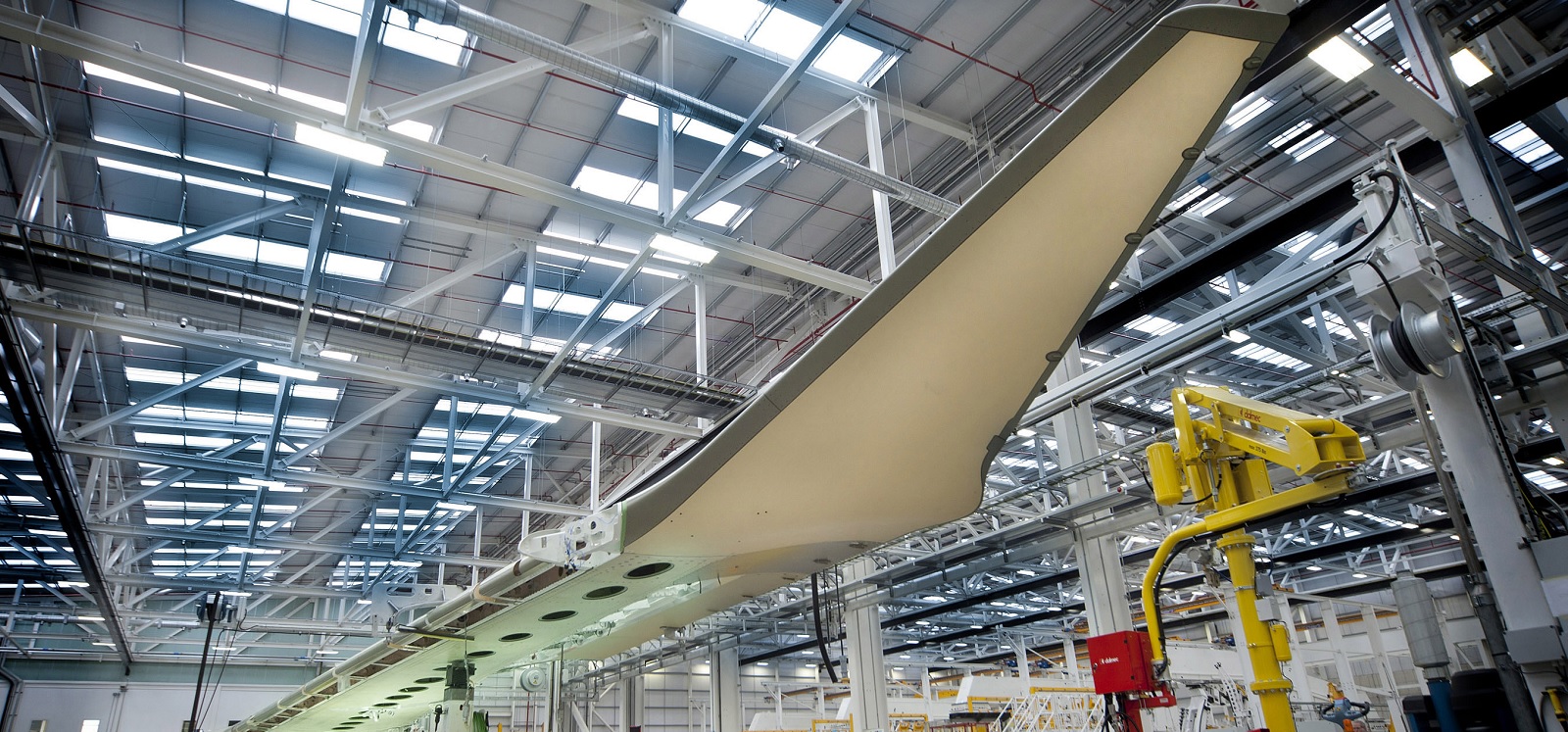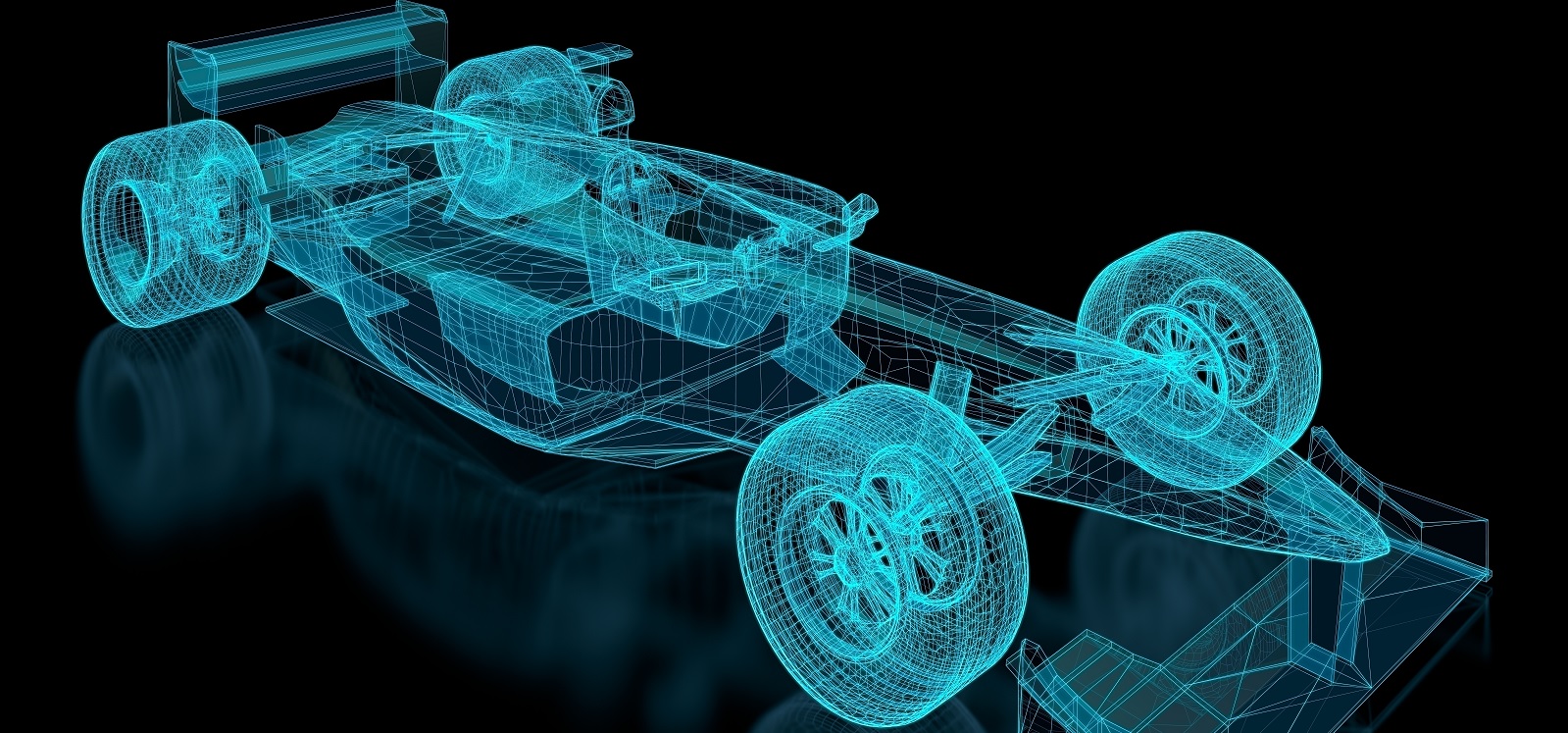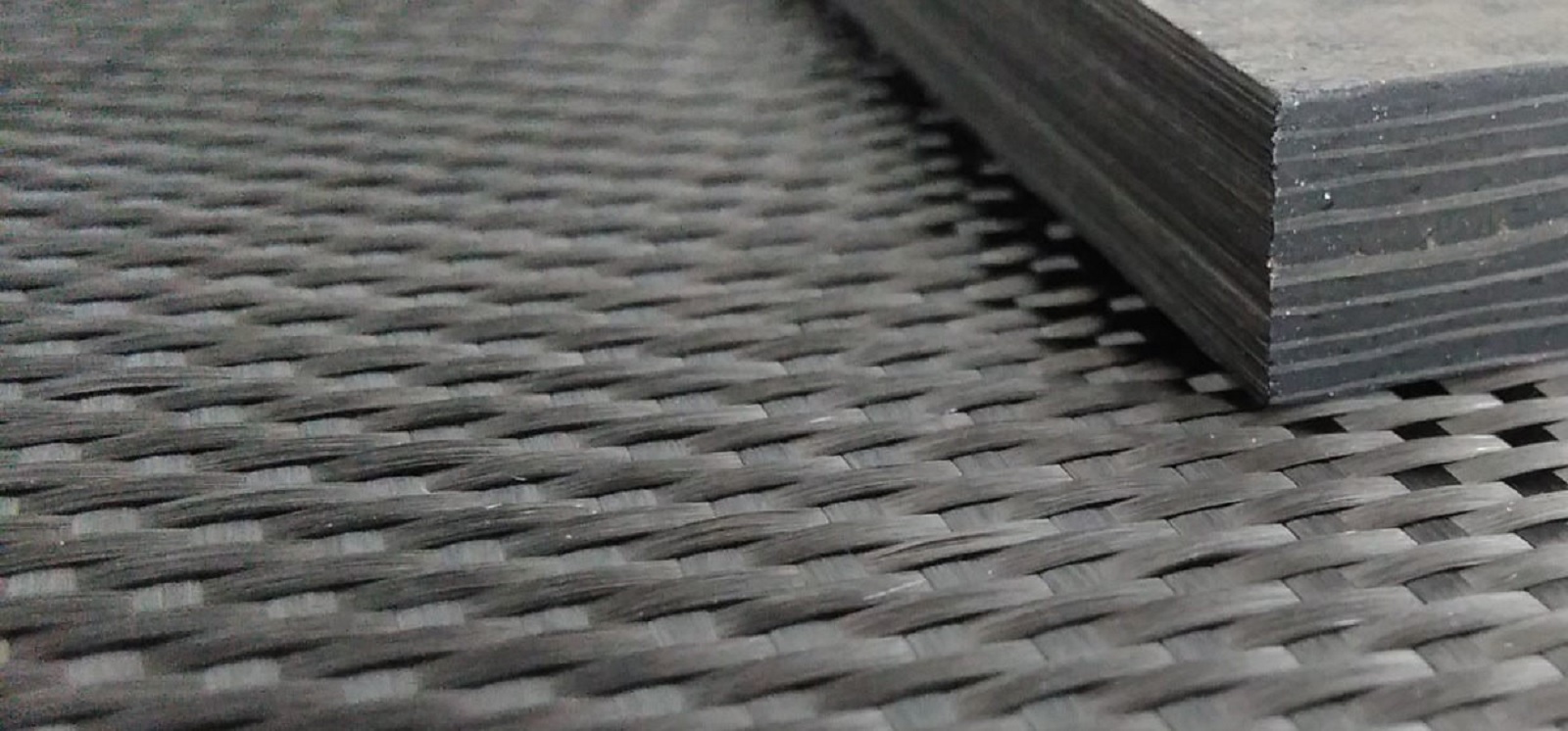
Research

Leading the development of state-of-the-art modelling capability, enabling manufacturers of advanced composite structures to reduce the extent of physical testing through virtual testing and design.
Research projects focussing on the prediction of (i) damage in composite structures, when subjected to impact loading, and the associated residual strength when these structures are placed under compressive loading; (ii) the energy absorbing capacity of composites structures during a crash event to assess a composite structure’s crashworthiness.
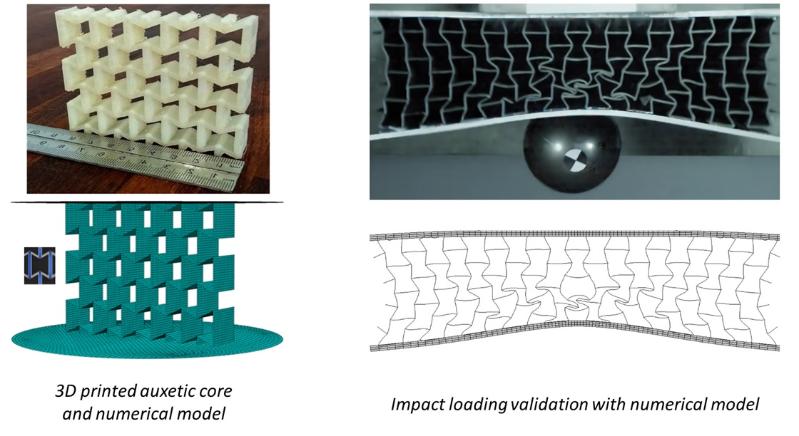
Composite metamaterials (auxetics), with a negative Poisson's ratio, carefully engineered for specific properties, can deliver exceptional material performance under several loading conditions.
This project exploits the use of 3D-printed composite metamaterials, produced within the Advanced Composites Research Group’s laboratory and exploited in different forms to provide (i) energy absorption; (ii) improved indentation/fracture resistance; and (iii) crashworthiness.

At the heart of every numerical model is the requirement of appropriate material data. Research is underway to develop reliable material characterisation tests at quasi-static and high strain rates.
The acquisition of intralaminar fracture toughness remains a considerable challenge owing to the emergence of new composite material systems with tougher, stronger or stiffer constituents. Research is underway to explore novel approaches towards the development of fracture toughness tests with wide applicability.

The Advanced Composites Research Group is developing a number of technologies in close collaboration with industrial partners to address their needs.
Both low and high TRL research activities are conducted. High TRL projects include a research project with Bombardier & Wrightbus to explore the development of cost-effective composite repair methodologies. Another project with Denroy Plastics explores the interfacial bonding of thermoplastic laminates over-moulded with injected thermoplastic.

ARTEMIS Strength In Places
ARTEMIS SIP (Strength In Places) is a collaborative research project between members of the Belfast Maritime Consortium including the ACRG at Queen's University Belfast. This project is focussing on four key areas within the ACRG: - Modelling and assessing impact damage in efoil-powered composite marine structures - Hybrid titanium–CFRP laminates for bolted joints in high-performance vessels - Application of Artificial Intelligence (AI) in predicting failure of composite structures - A New Test Method for The Interface Characterization of Hybrid Materials
Belfast Maritime Consortium Website
MACANTA: Multifunctional hierarchical advanced composite aerostructures utilising the combined properties of different carbon nanotube assemblies
MACANTA brings together a research team with highly complementary expertise to increase the fundamental understanding of the influence of physical & chemical characteristics of different carbon nanotube assemblies in pursuit of developing multifunctional composites which mitigate the known shortcomings as well as providing additional functionality.
MACANTA Website
MAGNUS: Multifunctional composite aerostructures utilising carbon nanotube webs
MAGNUS is an FP7 research programme focussing on the use of highly-aligned carbon nanotube webs in the development of energy efficient electrothermal anti-icing/de-icing systems for composite aerostructures.
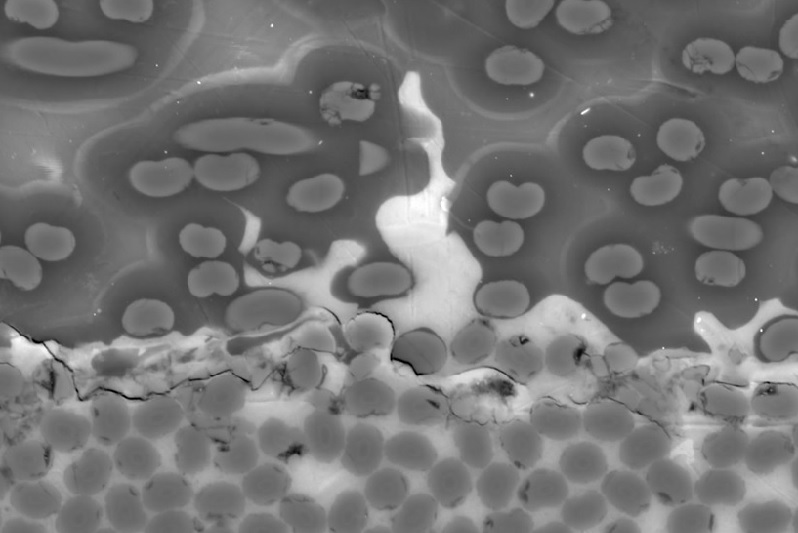
COMINO: Composite injection overmoulding
COMINO is an industry-led research project, with industry partners Rockwell Collins, Thales, datum, Denroy and CCP Gransden, and conducted at NIACE. The project focusses on the investigation of the suitability of injection overmoulding of composite laminates for the fabrication of aircraft components.
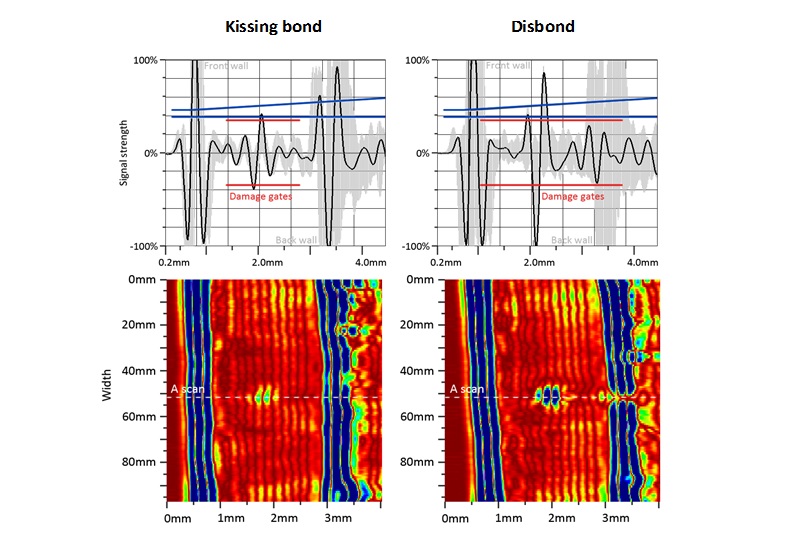
Composite inspection and repair
This is a research project with industry partners Bombardier, Wrightbus, CCP Gransden and datum. The objectives are (i) to develop inspection protocols for identifying damage or compromising features which are difficult to detect; (ii) develop computational tools for the optimal design of composite repairs; and (iii) explore various repair schemes.
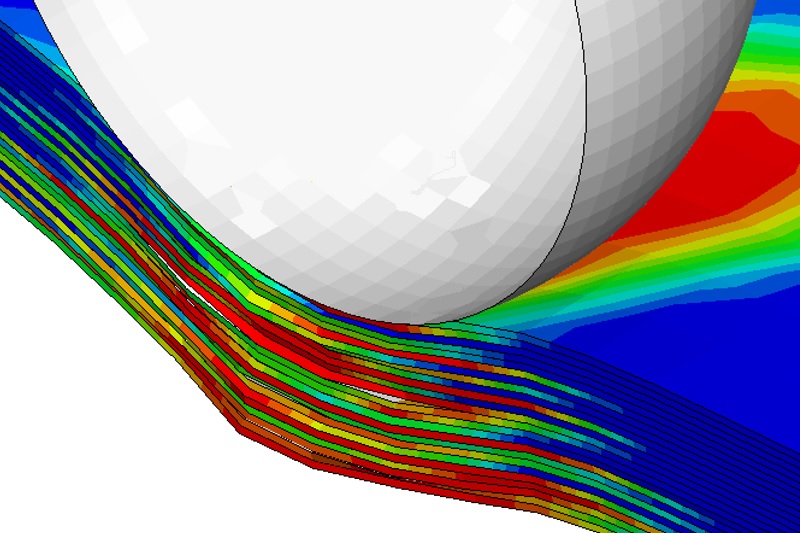
Predicting impact damage and compression-after-impact strength in hybrid composite laminates
This project, in partnership with Bombardier, focusses on the development of high-fidelity finite element-based computational models for predicting damage in hybrid composite laminates used in composite aerostructures.
Optimisation of the injection method using pristine and nano-enhanced resins for the repair of composite structures
This project, in partnership with DSTL (Defence Science and Technology Laboratory) and in collaboration with Imperial College London, focussed on to optimise the injection repair method for composite structures.
Predicting the crashworthiness of Formula 1 composite automotive structures
This project, supported by McLaren F1, is focused on improving computational tools to predict the energy absorption/crashworthiness of Formula 1 composite structures. This work is motivated by the need to reduce the extent of costly and time-consuming physical testing in the development of new monocoque F1 composite structures.
ICONIC: Improving the crashworthiness of composite transportation structures
ICONIC was an EU Horizon 2020 Marie Skłodowska-Curie Actions Innovative Training Network which brought together 15 Early Stage Researchers in an integrated, multidisciplinary and highly innovative €4M research and skills development programme, to develop a new generation of lightweight composite transportation structures with superior crashworthiness. More information here.
MACANTA: Multifunctional hierarchical advanced composite aerostructures utilising the combined properties of different carbon nanotube assemblies
MACANTA brought together a research team with highly complementary expertise to increase the fundamental understanding of the influence of physical & chemical characteristics of different carbon nanotube assemblies in pursuit of developing multifunctional composites which mitigate the known shortcomings as well as providing additional functionality. More information here.
MAGNUS: Multifunctional composite aerostructures utilising carbon nanotube webs
MAGNUS was an FP7 research programme focusing on the use of highly-aligned carbon nanotube webs in the development of energy efficient electrothermal anti-icing/de-icing systems for composite aerostructures.
COMINO: Composite injection overmoulding
COMINO was an industry-led research project, with industry partners Rockwell Collins, Thales, datum, Denroy and CCP Gransden, conducted at NIACE. The project focussed on the investigation of the suitability of injection overmoulding of composite laminates for the fabrication of aircraft components.
Composite inspection and repair
This was a research project with industry partners Bombardier, Wrightbus, CCP Gransden and datum. The objectives were (i) to develop inspection protocols for identifying damage or compromising features which were difficult to detect; (ii) develop computational tools for the optimal design of composite repairs; and (iii) explore various repair schemes.
Predicting impact damage and compression-after-impact strength in hybrid composite laminates
This project, in partnership with Bombardier, focussed on the development of high-fidelity finite element-based computational models for predicting damage in hybrid composite laminates used in composite aerostructures.
Predicting the crashworthiness of Formula 1 composite automotive structures
This project, supported by McLaren F1, focussed on improving computational tools to predict the energy absorption/crashworthiness of Formula 1 composite structures. This work was motivated by the need to reduce the extent of costly and time-consuming physical testing in the development of new monocoque F1 composite structures.
